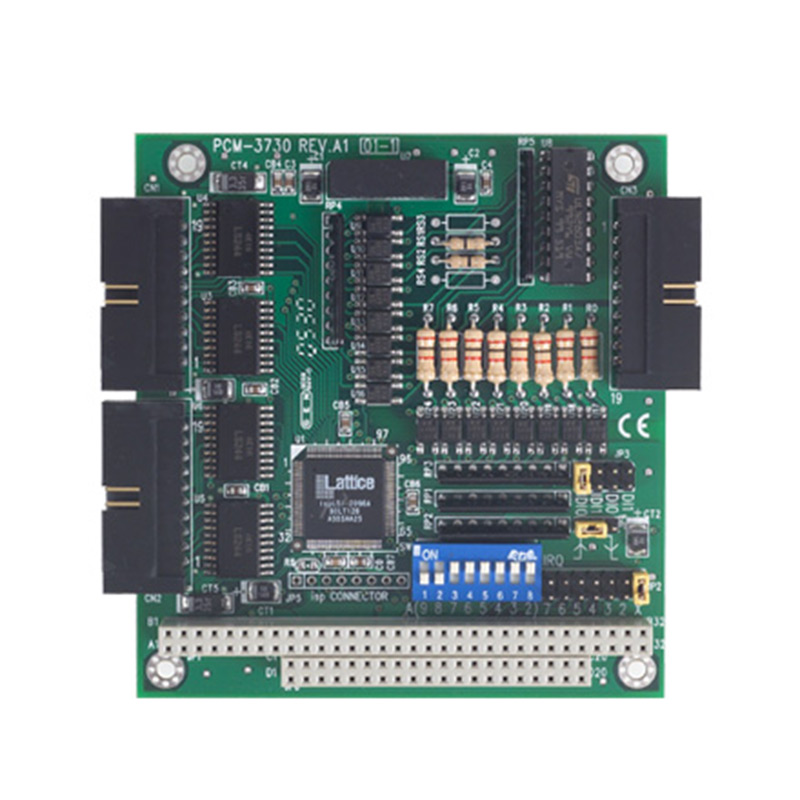

The Evolution and Applications of Float Glass Tempered Technology
In the realm of modern architecture and design, the choice of materials plays a pivotal role in ensuring both functionality and aesthetics. One significant innovation in this field is float glass tempered technology. This method has revolutionized the way glass is utilized, enhancing its durability and safety.
Float glass, a type of glass produced by floating molten glass on top of molten tin, is renowned for its clarity and smooth surface. This production method creates a uniform thickness and optimal optical quality, making it an ideal candidate for various applications. However, untempered glass, despite its visual appeal, is inherently susceptible to breakage. This vulnerability necessitated the development of tempering techniques to enhance its structural integrity.
Tempering, or toughening, involves a process where the glass is heated to over 600 degrees Celsius and then rapidly cooled. This thermal treatment increases the glass's strength, making it approximately five to six times tougher than standard, untreated glass. The molecular structure of the glass is altered during this process, introducing compressive stresses on the surface and tensile stresses within. This unique combination allows tempered glass to withstand greater impacts and thermal stress, reducing the risk of shattering upon breakage.
The safety benefits of tempered glass are particularly noteworthy. When broken, tempered glass crumbles into small, blunt pieces rather than sharp shards, minimizing the risk of injury. This property has prompted its widespread adoption in various settings, including residential, commercial, and automotive applications. Architectural designs leverage tempered glass for facades, windows, and partitions, promoting an open and airy aesthetic while ensuring safety and security.

Moreover, tempered glass is increasingly used in the production of shower doors, glass railings, and tabletops. These applications not only highlight the material's strength and durability but also showcase its versatility in enhancing interior designs. The capability to incorporate glass into contemporary design trends has been further bolstered by advancements in treatment processes, allowing for customization in size, thickness, and finishes, catering to diverse aesthetic preferences.
In recent years, the demand for eco-friendly and energy-efficient solutions has intensified, leading to innovations in float glass tempered technology. Manufacturers have begun experimenting with coatings and treatments that improve insulation and reflectivity. Low-emissivity (Low-E) glass, for instance, reduces heat transfer and UV radiation, thereby contributing to energy conservation in buildings. This synergy of glass technology with sustainable practices aligns perfectly with modern engineering and architectural philosophies.
The advancements in float glass tempered technology also extend to manufacturing processes. Automated systems now ensure precision in heating and cooling, minimizing defects and optimizing quality control. The integration of digital technology in production lines has streamlined operations, resulting in cost-effective manufacturing without compromising safety standards.
Looking ahead, the future of float glass tempered technology appears promising. With ongoing research and development, we can anticipate further enhancements in strength, functionality, and environmental performance. The continuous quest for innovative glass solutions will not only enrich architectural possibilities but will also lead to smarter, safer, and more sustainable living spaces.
In conclusion, float glass tempered technology stands as a testament to human ingenuity and the relentless pursuit of improvement. Its ability to blend safety, aesthetic appeal, and sustainability positions it as a cornerstone material in modern construction and design. As we continue to explore new horizons, the evolution of tempered glass will undeniably remain a focal point in the transformation of built environments.